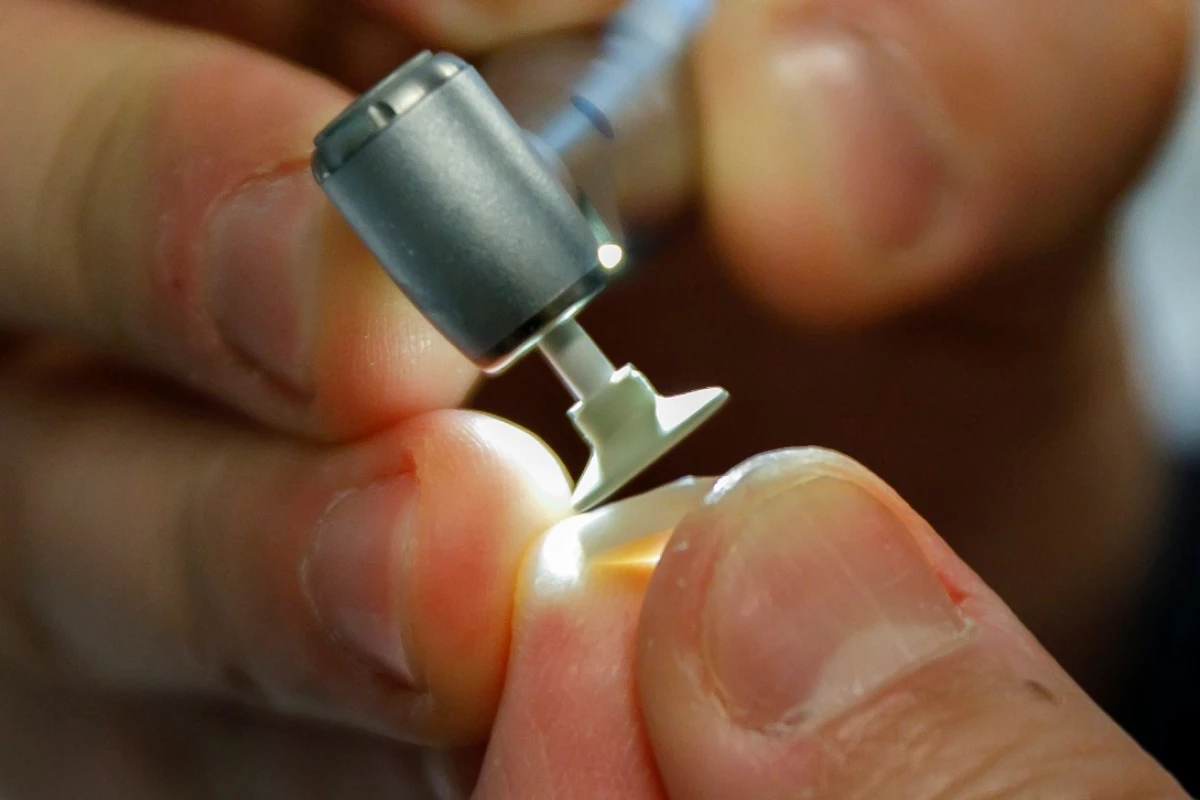When you get a cavity filled, you may just assume that the fix will last indefinitely. In fact, though, fillings do have a limited lifespan. That said, a new dental material – and a new adhesive to keep it inside the tooth – could allow fillings to last longer than ever before.
Developed by scientists at Oregon Health and Science University (OHSU)'s School of Dentistry, the composite material is claimed to be two times more resistant to breakage than regular filling materials. Among other things, it incorporates thiourethane, which is a compound commonly used in protective coatings for decks and cars.
The adhesive, on the other hand, contains polymers called (meth)acrylamides. As compared to standard dental adhesives, it's said to be much more resistant to damage caused by water, bacteria and enzymes in the mouth – after being tested for six months in a simulated oral environment (pictured below), it was found to be 30 percent stronger than such adhesives.

"Today's dental restorations typically only last seven to 10 years before they fail. They crack under the pressure of chewing, or have gaps form between the filling and the tooth, which allow bacteria to seep in and a new cavity to form," says Assoc. Prof. Carmem Pfeifer, corresponding author of a paper on the research. "Stronger dental materials mean patients won't have to get fillings repaired or replaced nearly as often. This not only saves them money and hassle, but also prevents more serious problems and more extensive treatment."
The paper was recently published in the journal Dental Materials. And as an interesting side note, OHSU scientists previously developed a different long-lasting filling material, which incorporated bioactive glass.





